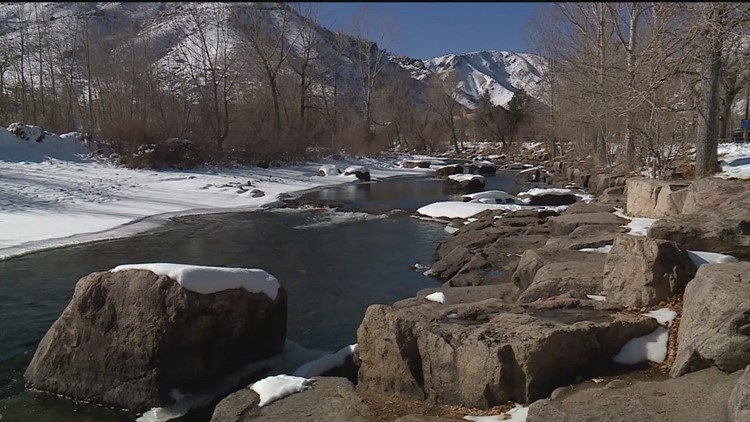[ad_1]

The bill would apply to about 60% of Colorado’s wetlands and is intended to cover those that are not already federally protected.
COLORADO, USA — Nearly a million acres of wetlands in Colorado could gain state protection after losing federal oversight when the U.S. Supreme Court decided last year that wetlands that lacked direct connection to bodies of water didn’t require Environmental Protection Agency preservations.
The Court decision in Sackett v. Environmental Protection Agency redefined the terms by which a body of water can get protection under the Environmental Protection Agency’s “Waters of the United States” rule, part of the Clean Water Act.
Last summer, lawmakers heard from municipal and state officials that Colorado needs to develop its own protections for those wetlands.
Alex Funk, director of water resources and senior counsel for the Theodore Roosevelt Conservation Partnership, said in August that almost 90% of fish and wildlife in Colorado rely on the state’s wetlands at some point during their lifecycle. That includes species such as the Gunnison sage grouse, greenback cutthroat trout, and migratory birds.
These ecosystems are also crucial to the state’s economy, Funk said. They provide other benefits, such as filtering pollutants from drinking water or regulating sedimentation that may otherwise clog up infrastructure and reservoirs.
> Read the full story at Colorado Politics.
SUGGESTED VIDEOS: Colorado Climate
> Top stories from 9NEWS curated daily just for you! Sign up for the 9NEWSLETTER right now to get can’t-miss stories, Next and Broncos content, weather and more delivered right to your inbox.
[ad_2]
Source link







